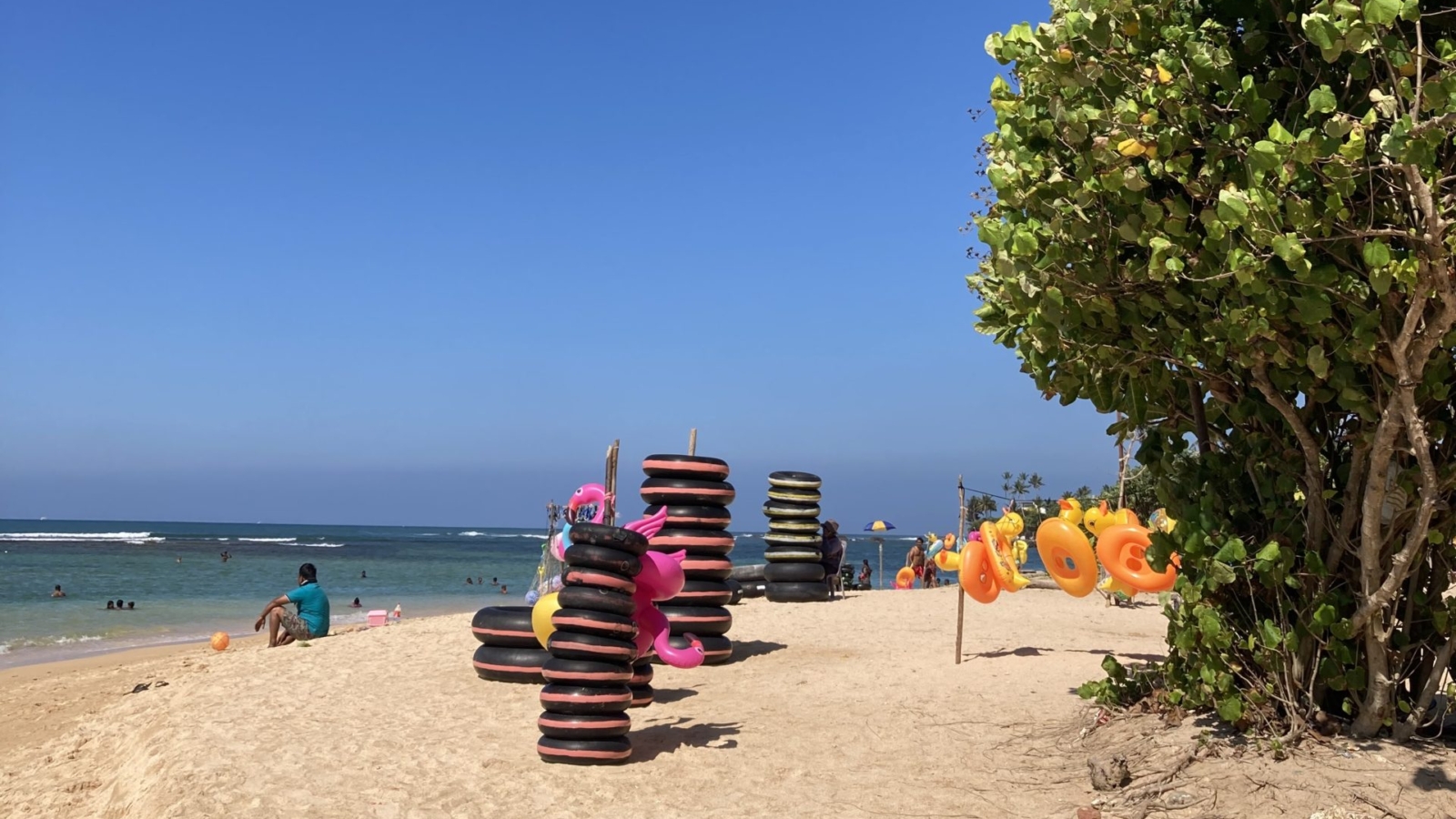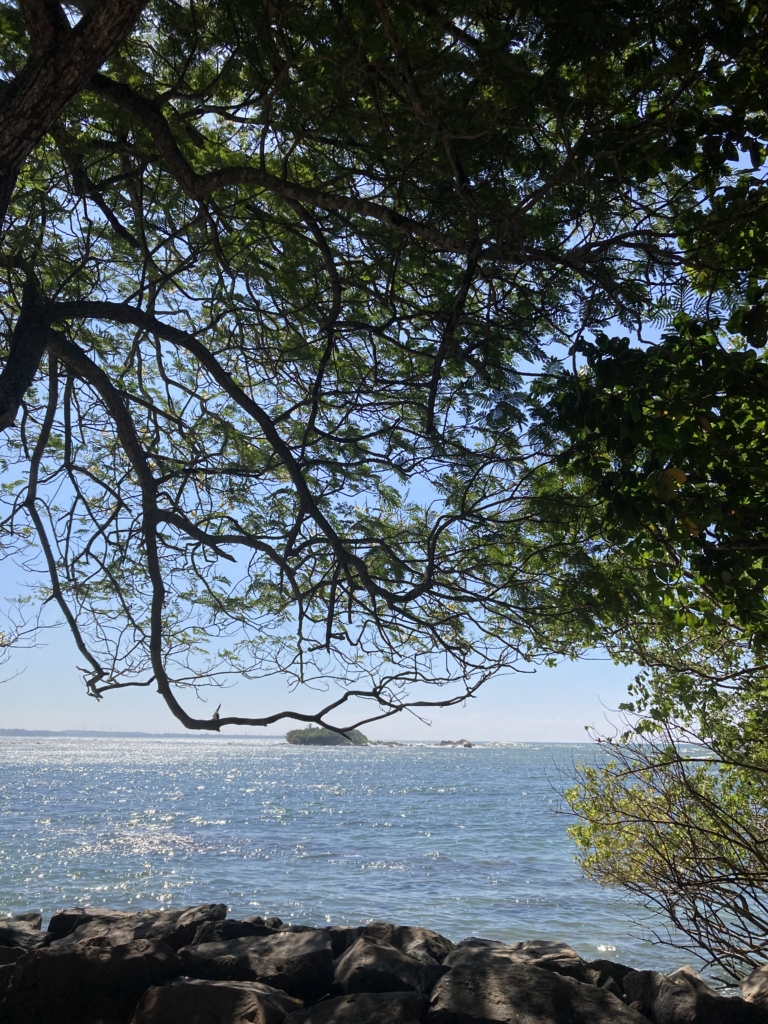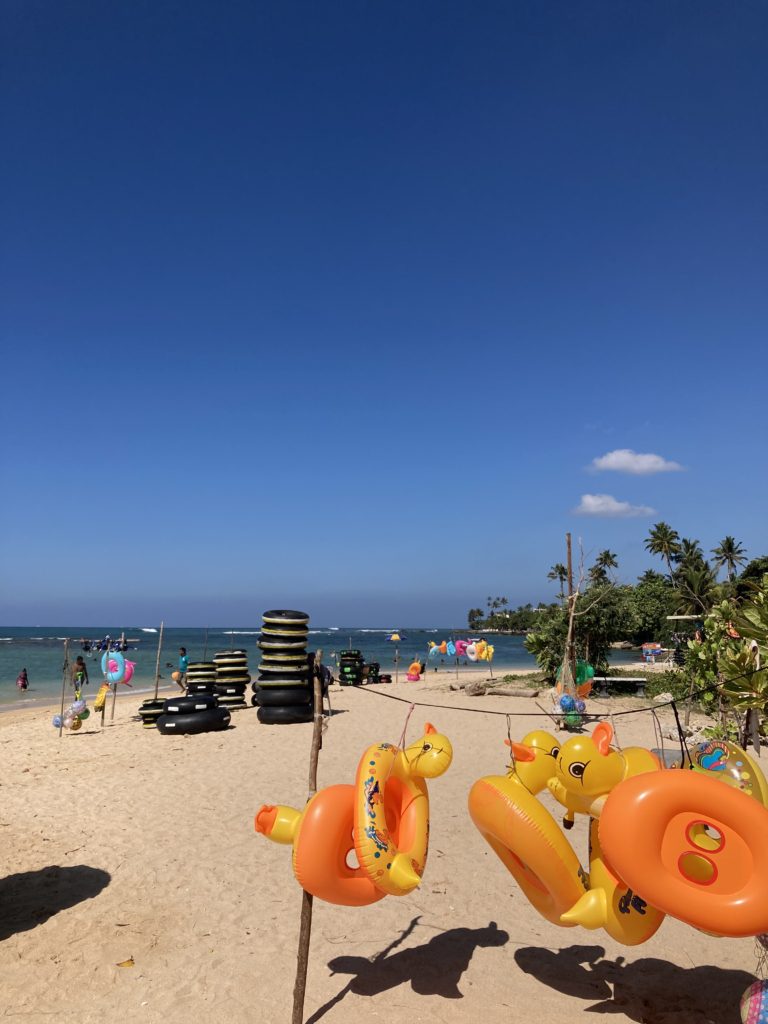Polhena Beach: Find Sri Lanka’s Friendliest Turtles and Secret Sands

© intosrilanka.com
Why Polhena Beach is Your Next Island Escape!
Imagine waking up to the gentle sound of the Indian Ocean, where the waves are so calm they barely ripple the shore. That’s Polhena Beach, near the southern city of Matara, and it’s a hidden gem for a reason. Unlike the crowded party beaches, Polhena is a peaceful, laid-back paradise that feels like stepping back in time.
The ocean here is protected by a natural coral reef, creating a safe, shallow, and crystal-clear lagoon. This makes it perfect for swimming and, most famously, snorkeling alongside wild sea turtles. The vibe is totally authentic—you’ll find more local families enjoying the sunset than tourists. It’s the perfect spot if you’re looking to slow down, relax, and connect with the genuine heart of Sri Lankan coastal life.
🗺️ The Travel Guide to Polhena
Best Time to Visit
The weather in Polhena is fantastic for most of the year, but the best time to visit is from November to April.
- The Sunny Season (November – April): This is the dry season. You’ll have long, sunny days, calm seas, and perfect conditions for swimming and snorkeling with the turtles. Expect warm temperatures and plenty of sunshine—bring your highest SPF!
- The Quieter Season (May – October): This period brings the inter-monsoon season, meaning you might experience afternoon showers. However, the beach is incredibly peaceful, and accommodation prices can be lower. Even when it rains, it’s often short-lived, leaving behind lush, green surroundings. The ocean can be a little rougher in the peak monsoon months, so always check local advice before swimming.


What to Do in Polhena
1. Go Turtle Spotting 🐢
This is the main event! Because of the protected reef, Green Sea Turtles come close to the shore to feed on the seagrass.
- Tip: Head out early in the morning (around 8 AM) or later in the afternoon (around 4 PM) for the best chance of spotting them. Always keep a respectful distance and never try to touch them. You can easily rent snorkeling gear from small vendors right on the beach.
2. Chill on the Sands (or the Rock Pools)
Polhena is actually a series of smaller coves and beaches.
- Main Beach: The central area is great for swimming and has some small, local kades (stalls) selling fresh juices and snacks.
- Secret Spot: Walk a little further along the coast to find smaller, rock-protected pools. These are great for a gentle, undisturbed soak in the ocean, feeling like your own private natural bathtub.
3. Explore Matara Fort and City
Polhena is a short ride from Matara, a major southern city. The Matara Fort is a smaller, lesser-known Dutch fort compared to Galle, but it’s wonderfully preserved and less touristy. Stroll along the ramparts, visit the 17th-century Star Fort (which is, fittingly, star-shaped!), and soak up the local urban atmosphere.
4. Visit the Weherahena Temple
A short distance inland is the magnificent Weherahena Temple. It’s famous for its massive standing Buddha statue that you can see from a distance. You can walk up inside the statue and explore colorful, illuminated murals that tell stories from the Buddha’s life—a truly unique cultural experience.
Getting Around
Getting around Polhena and the surrounding areas is simple and affordable.
- The Tuk-Tuk: This is the iconic way to travel. Tuk-tuks are everywhere and are perfect for short trips. Always agree on a price with the driver before you get in. A ride from Polhena to Matara city center should only take about 10–15 minutes.
- Scooter Rental: If you’re comfortable driving, renting a scooter gives you the freedom to explore at your own pace. You can find rental shops in nearby Matara.
- Bus: Sri Lankan buses are colorful, loud, and incredibly cheap! They are a great budget option for hopping between coastal towns like Matara, Mirissa, and Galle.

Travel Tips & Local Connections
- Safety Tip: The currents within the reef-protected lagoon are very safe, but if you venture outside the reef area, be mindful of stronger currents. Never swim alone at night.
- Connect with Locals: Polhena is very much a local community. A simple “Ayubowan” (a greeting meaning “May you live long”) when you enter a shop or restaurant is a great way to break the ice. They love a friendly chat!
- Money: Most small shops and kades operate on cash (Sri Lankan Rupees). Keep small denominations handy for tuk-tuks and snacks.
📜 Hidden Histories & Old Stories
Polhena, like much of Sri Lanka’s South Coast, has been shaped by the sea and by centuries of trade.
The Power of the Fishing Trade
The Matara district has always been a key spot for fishing. In the old days, before modern transportation, the local fishermen, or Dheewarayo, would use traditional oruwas (outrigger canoes) to sail out. The ocean was not just a resource; it was a revered, living entity. Even today, you might see fishermen mending their nets in the early morning, a profession passed down through generations. This deep connection to the ocean is why the turtles are naturally protected and respected by the community—they are part of the coastal ecosystem that sustains them.
A Past Traveler’s Impression
While Polhena itself wasn’t a major colonial port, nearby Matara was a bustling center. A Dutch merchant in the 1700s, writing about the area, remarked on the “remarkable generosity of the local people, who would trade spices for a simple song.” Today, the hospitality remains: the people of Polhena are still known for their welcoming smiles and genuine warmth toward visitors.
🌅 Your Polhena Journey Awaits
Polhena Beach is more than just beautiful sand and clear water; it’s a taste of the authentic, unhurried Sri Lankan coast. It’s the kind of place where you come for a few days but feel the pull to stay for a week. The combination of gentle ocean activities, accessible culture, and genuinely kind locals makes it an unforgettable stop on any Sri Lankan itinerary.